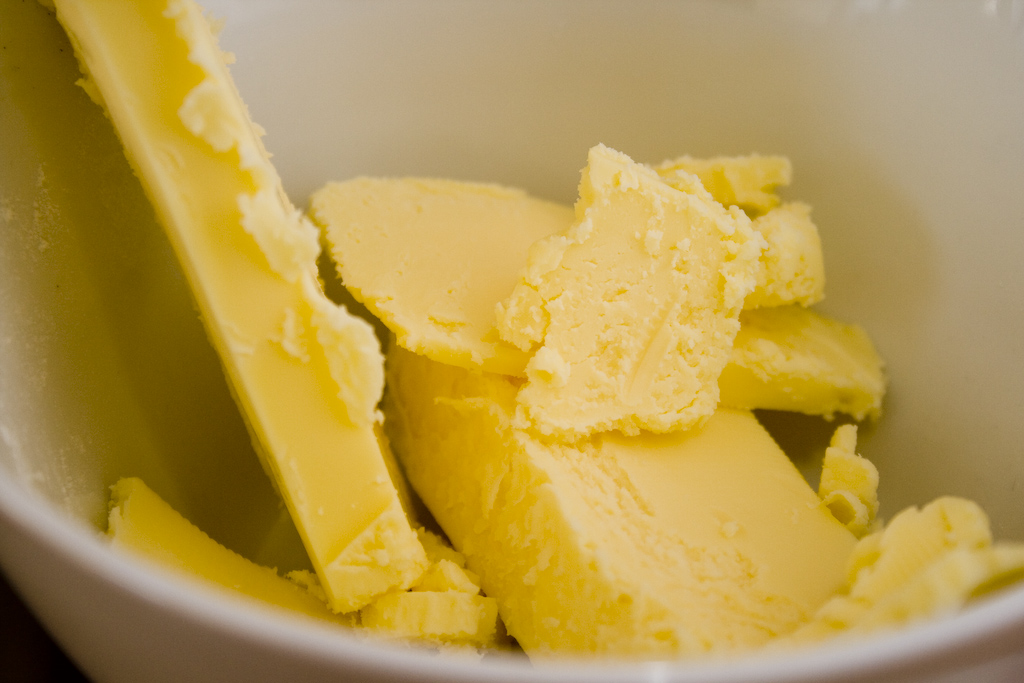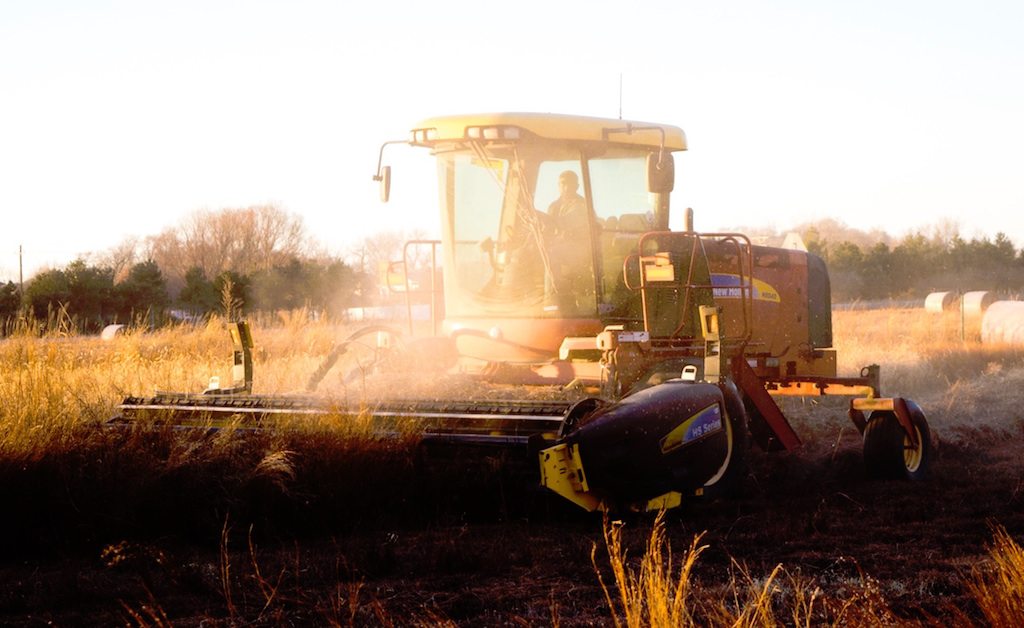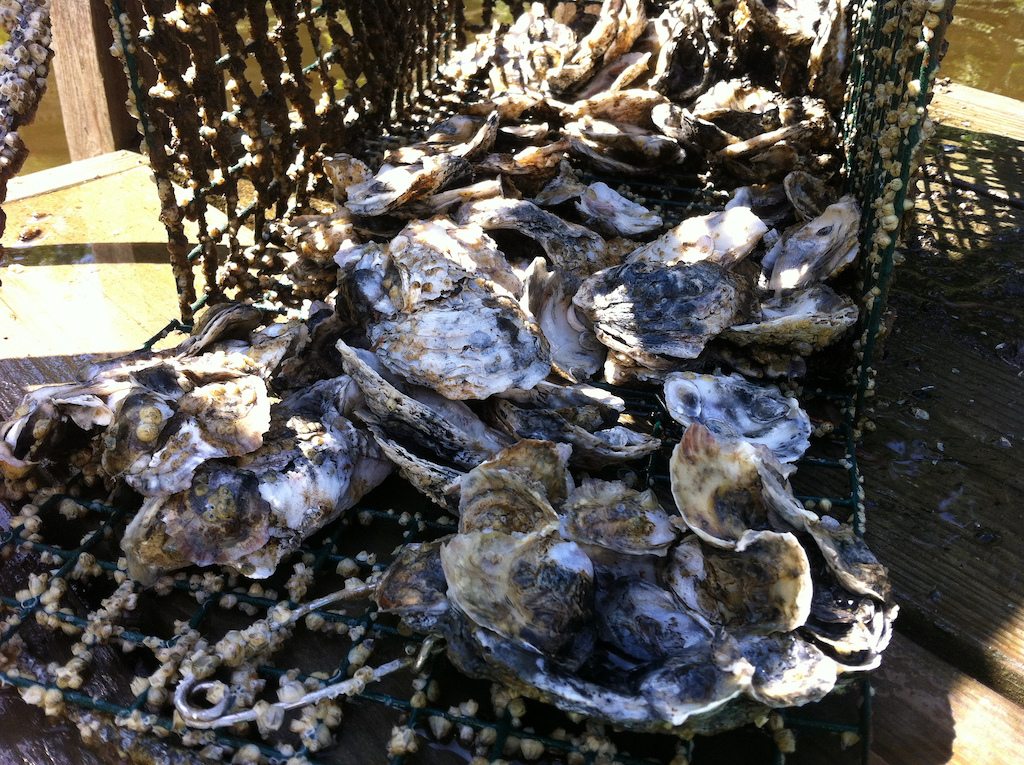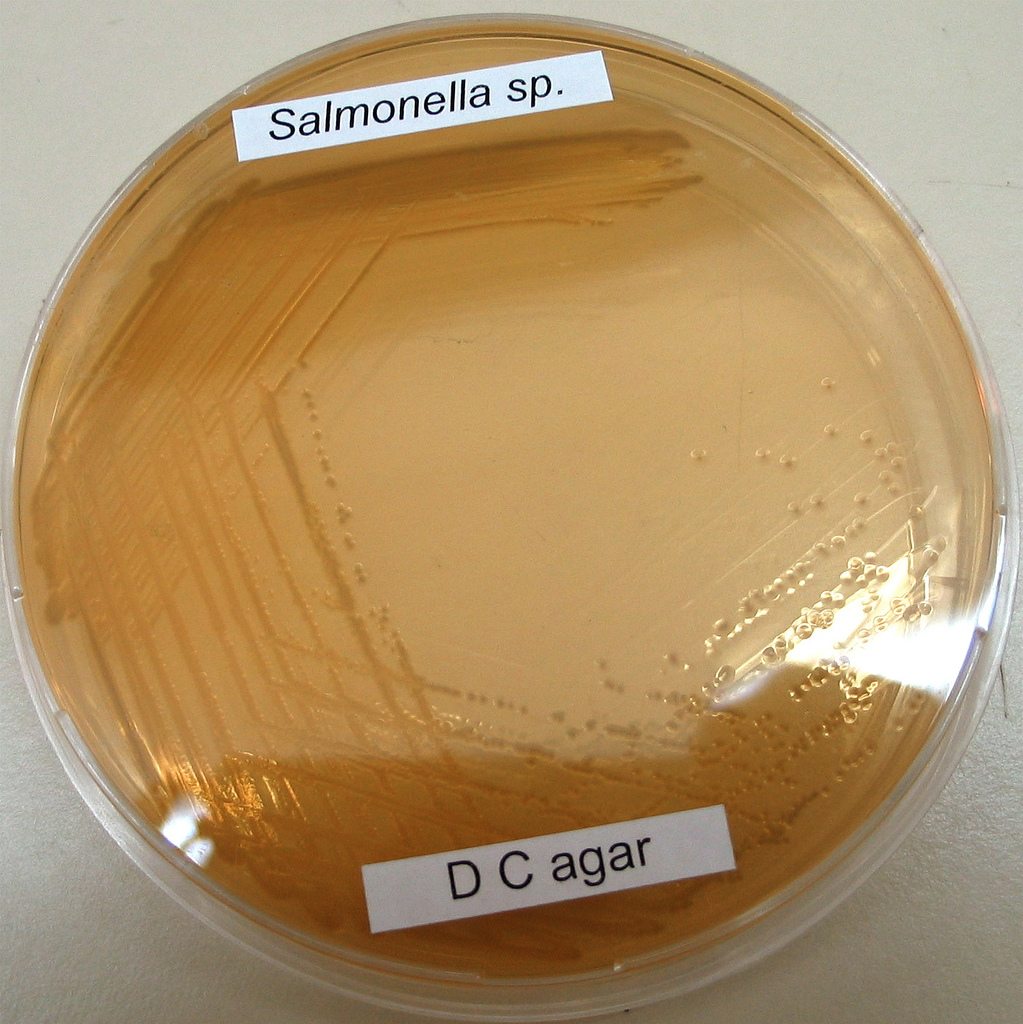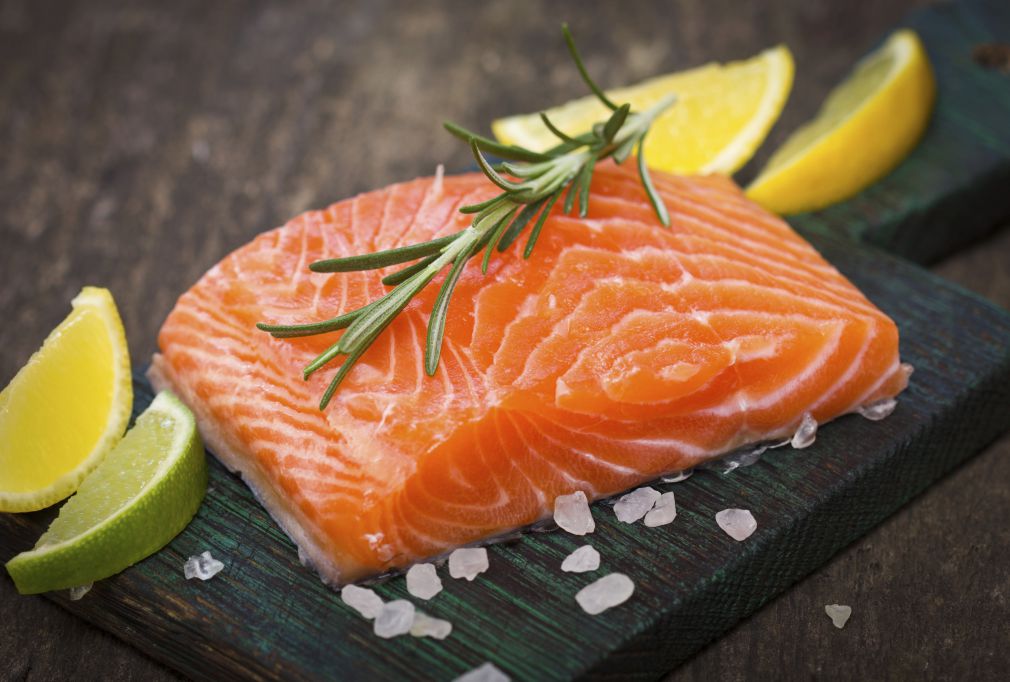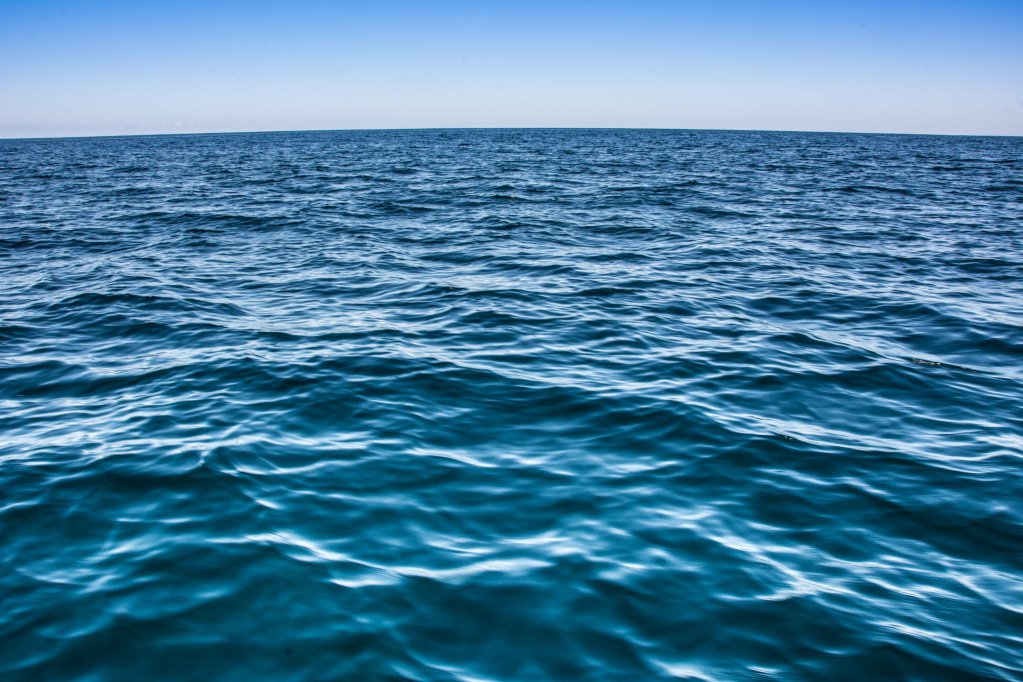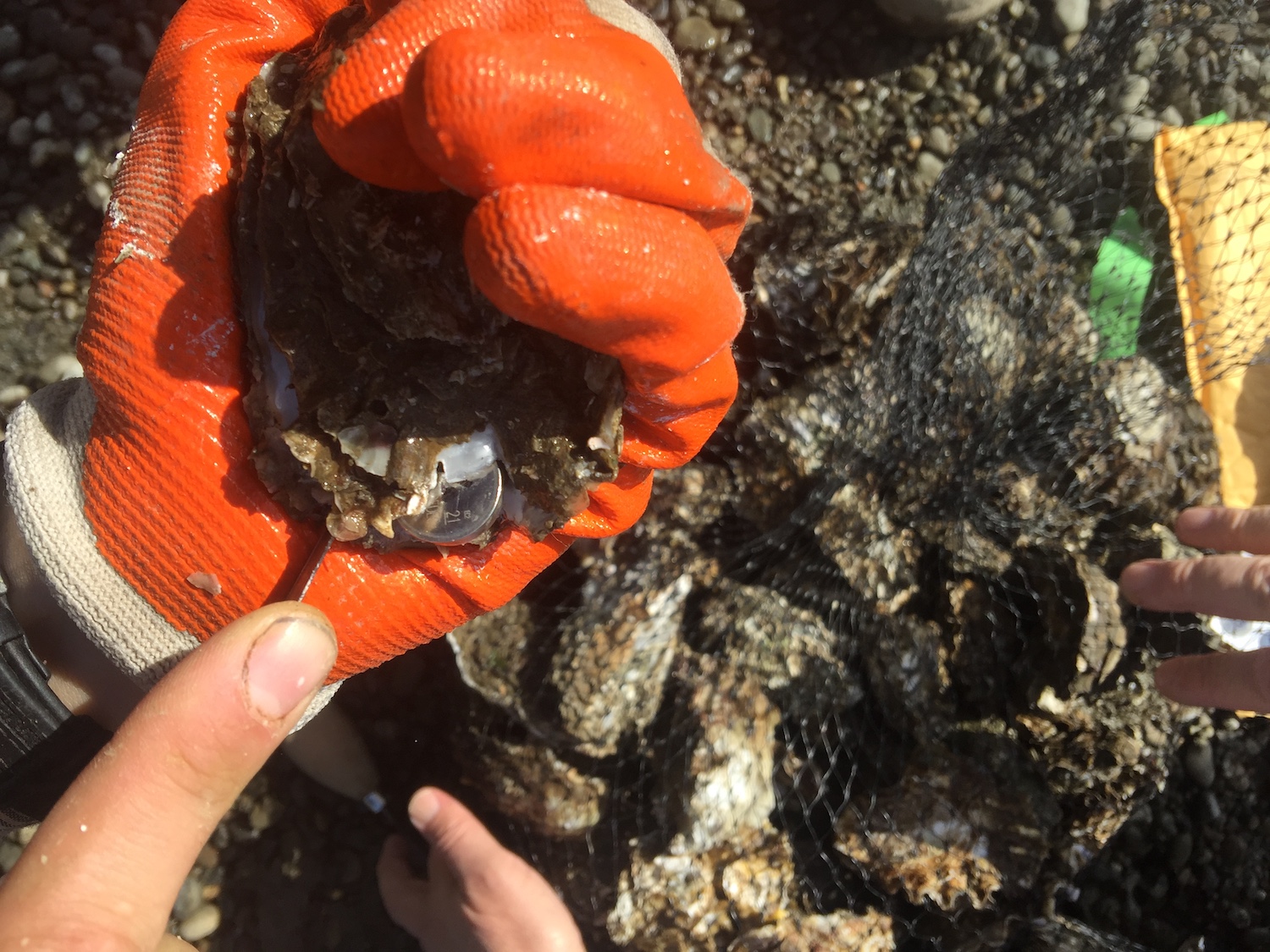
Dave Love
Oysters are America’s most valuable shellfish—a $200-million industry built on raw bars and dollar happy hours. To keep up with demand, they’re increasingly harvested and shipped year-round. Time was, no one wanted to eat a bivalve that sat out in the sun, or had the watery, unpleasant taste of summer spawning. But now, with refrigerated supply chains, orders to harvest oysters in the morning before midday heat, and infertile mutant oysters that grow in warm water, the happy hour never ends.
Our growing appetite for oysters on the half-shell has potential consequences, however—like vibriosis, aka Vibrio, a fatal disease caused by bacteria that thrive in higher temperatures. The most common strain in the United States, Vibrio parahaemolyticus, causes 45,000 illnesses every year, resulting in vomiting and diarrhea. And it’s getting worse: Increasingly, the bacteria is thriving in oysters from the Long Island Sound, Connecticut, and even Alaska, states where the ocean waters have heated up over the last few years.
So are we ready for this climate-induced, diarrhea-causing, warm oyster apocalypse? We just might be. For the first time, a new study from researchers at Johns Hopkins University, Virginia Tech, and the Pacific Shellfish Institute traces America’s oyster cold chain—another name for the temperature-controlled conditions perishable foods undergo all the way from farm to plate. Among their findings? Shipping oysters might make them safer.
 Dave Love
Dave Love Washington state oyster harvest at sunrise
Researchers tracked oyster shipments to 143 businesses located in 20 states and Hong Kong, as they traveled the cold chain, watching for temperature spikes. Like mussels and lobsters, oysters must be kept alive during transport. When their temperatures rise above 50 degrees Fahrenheit, dormant Vibrio bacteria can multiply.
Historically, eaters are cautioned to avoid oysters in the summer, when warm temperatures provide perfect conditions for bacteria to thrive. (Remember the R rule?) But today, says Johns Hopkins scientist Dave Love, who led the project, as oysters are grown year-round, they’re also vulnerable to temperature spikes all the way down the supply chain.
To track those spikes, the researchers slipped coin-sized sensors into oysters for one-minute intervals during washing, grading, boxing and storage. Then before the oysters shipped out, they slipped another sensor inside one of every 100 bivalves—clearly marked, and not to be eaten—plus one on the box itself, for measuring conditions in warehouses and trucks.
Typically, the farmers they studied sold their oysters to wholesalers, who in turn coordinated distribution with around seven companies—including freight carriers, truckers, airlines, and import-export companies—before ending up at their final destination. Less than ten percent of oyster shipments were sold directly to restaurants or consumers.
When the oysters finally arrived, retail or restaurant staff removed the sensors and mailed them back to the study team. The researchers used that temperature information to model the risk of bacterial growth.
 Dave Love
Dave Love An oyster with a temperature sensor inside in the Chesapeake Bay
The safest mode of shipment, from the foodborne illness perspective, were long-distance trucks, which kept their cargo at 35 degrees. Here, the researchers found, there’s something to be said for not buying locally: Chilling out for two to three days can be usefully fatal to bacteria.
Overall, almost one out of every five shipments studied, or 18 percent, rose above 50 degrees, usually for two-and-a-half hours. Love says that most of those oysters experienced those temperature spikes during air travel, because air freight companies don’t guarantee refrigeration.
Some states, like Connecticut, consider oysters exposed to a few hours of warm temperatures unsafe to eat. That said, the researchers believe the risk still isn’t overly pervasive. The study’s models show that the Vibrio illness rate of Washington state oysters is 0.84 per 100,000 oyster servings. The Chesapeake Bay rate is even lower, at 0.07.
So what’s to be done, particularly when it comes to the potentially dangerous act of flying oysters across the country? If we want to keep dining on raw oysters in the summer, and as our previously cool waters continue to warm, a transparent supply chain is key. Short of slipping sensors in every oyster at harvest, and sacrificing one out of every 100 to be used as a thermometer, Love suggests slapping time-and-temperature sensors, known as TTIs, on oyster boxes. They change colors when a shipment nears 50 degrees.
Ultimately, he says, it should be the responsibility of suppliers—not vigilant eaters, forced to learn about each link in the chain—to make sure that what we’re eating is safe.
“The businesses in the supply chain need to have this as a key focus,” Love says. “It’s their job to get it there safely.”

